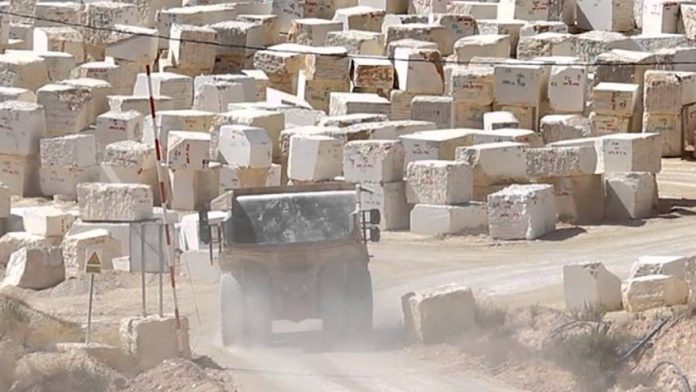The global pandemic has changed the balances in every area and has influenced every section of our life, even the construction sector. In regions in North Africa and the Middle East it is already clear the difference, in construction before Covid 19 and after.
Of course, low oil production and consequently low oil prices also contributed to this. Furthermore, the leading data and analysis company GlobalData reports on what is happening in major cities in the Middle East and Africa.
In the United Arab Emirates, construction production fell by 2.1% compared to the previous activity. It is estimated that the recovery will come in the new year, but the big deal signed by the Abu Dhabi National Oil Company, which leased a 49% stake in gas pipelines for 20 years, which will bring in about $ 10 billion, and that of course is considered to be positive for the local economy.
In Qatar, growth is down 3.4% and moreover fewer tourist arrivals are expected to affect the economy as well. Growth rates in both Oman and Kuwait are low. According to GlobalData estimates, the situation in the Iranian economy will be difficult, as the construction sector is deeply affected, while the question is if there will be any sanctions from the United States and president Trump.
Egypt seems to be managing this crisis better, and the slow spread of the pandemic has been helped it to. Thus, the construction sector after the slight “fall”, is expected to have good performance, with estimates talking about an increase of 7.7% in 2020 and 8.9% in 2021.
Yasmine Ghozzi, a Global Data economist, outlining construction activity in these areas argues that construction will generally be low for the rest of 2020. «Under normal circumstances, due to Ramadan, activity in construction sector was low, but already by May the “lockdown” and the restrictions it brought, dropped the pace. There will be a slow recovery in 2021, but the fact that public investment is likely to be significantly lower should not be overlooked».
But what about the marble sector?
With the pace of construction being slow and expected to continue in this way, the import of materials sector is consequently affected. One of the predominant ones is marble. The countries of the Middle East and North Africa gave a significant amount of money for the import of raw and processed marble, reaching 6.13% and 24.82% respectively on world imports, amounts to 138,065,742.00 and 903,430,280.00 dollars. . In particular, Egypt and Saudi Arabia are the first two in the list of amounts available for the import of raw marble for 2019, while the United Arab Emirates, Morocco and Saudi Arabia “spend” most for the import of processed marble.
Saudi Arabia is one of the largest consumers of marble, but with construction already declining and the recovery estimated to come there slowly, in 2021 it is expected that there may be a decline in import figures.
Of the total imports of raw marble from the Middle East and North Africa for 2019, Egypt has the first place with 35.11%, a country that, as we mentioned, has so far managed the coronavirus crisis well in the construction sector, so it may hold the first place. and for 2020.
In the category of processed marble, in first place in imports are Saudi Arabia and the United Arab Emirates, for 2019. What about the new year, 2020? With estimates for these areas showing low mobility in construction, the amounts that will be allocated for the import of marble will probably fall.









































